Every generation has its own set of cultural touchstones—but if you’re a millennial, you might be shocked at how many of yours now feel like ancient history to Gen Z. From dial-up tones to floppy disks and Blockbuster Friday nights, these once-everyday experiences are now totally foreign to the younger crowd. Whether you’re feeling nostalgic or just a little bit old, here are 13 things millennials remember vividly that Gen Z doesn’t even recognize.
1. Tamagotchis
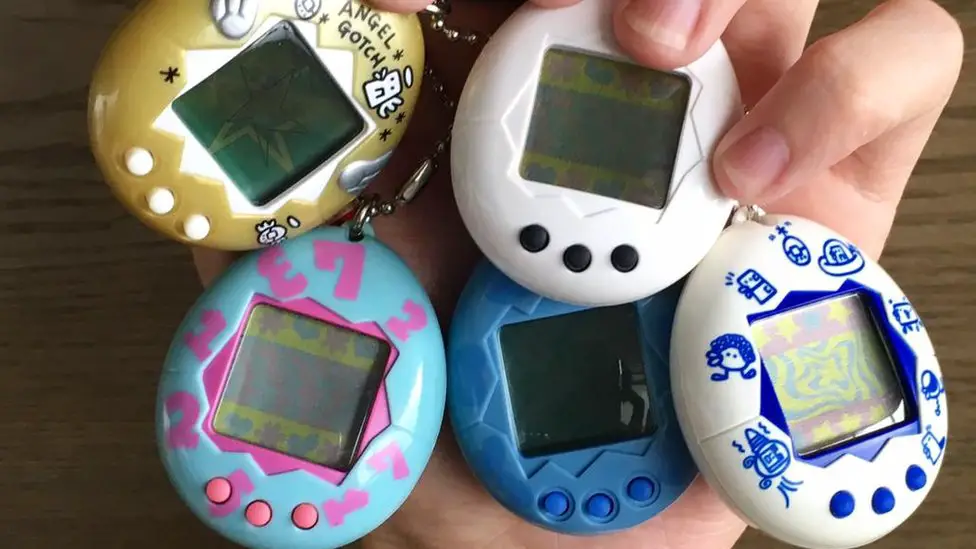
These little virtual pets were a massive craze in the late 90s. You had to feed them, clean up after them, and play with them using tiny buttons, all on a small LCD screen. Neglecting your Tamagotchi often resulted in its virtual demise, much to the dismay of its owner.
Gen Z, accustomed to more sophisticated mobile games with stunning graphics and complex storylines, might find the simple pixelated Tamagotchis incredibly basic, although according to the New York Post, the toy has seen a modern resurgence. The constant need for attention and the limited interaction would likely seem tedious compared to the immersive digital worlds they navigate today.
2. Dial-Up Internet
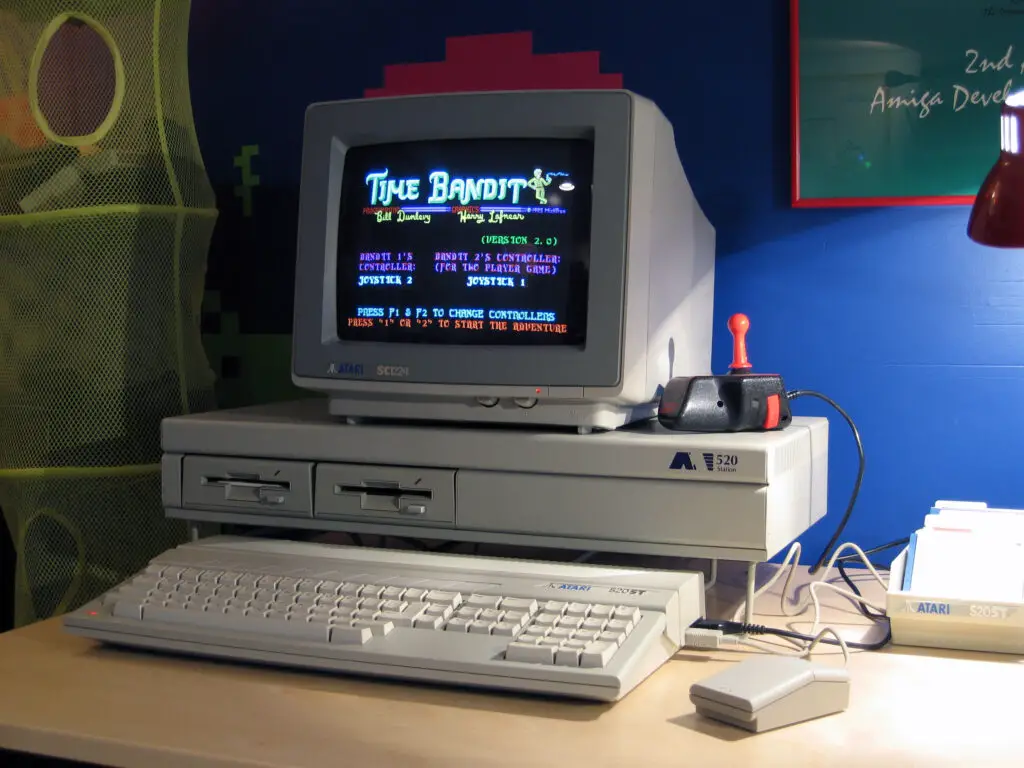
Remember that sweet symphony of beeps and boops that signaled you were about to connect to the World Wide Web? According to a Pew Research Center study, in 1995, only about 14% of U.S. adults had access to the internet. That meant most of us were relying on dial-up, tying up the phone line for what felt like an eternity just to check an email or load a single webpage. Patience was definitely a virtue back then!
Connecting involved plugging your computer into a phone jack and listening to your modem negotiate a connection with an internet service provider. Forget streaming high-definition videos instantly; downloading a single song could take upwards of an hour! It’s wild to think that Gen Z, growing up in a world of instant gigabit speeds, might never experience the agonizingly slow crawl of dial-up.
3. Floppy Disks
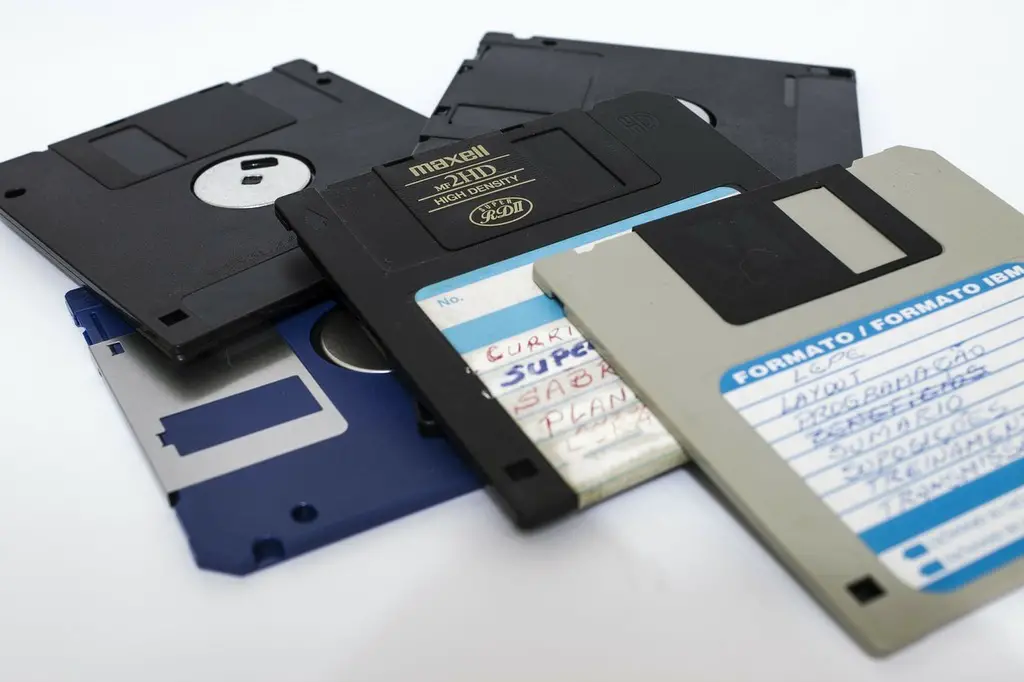
Before the cloud, USB drives, and even CDs became commonplace, floppy disks were the go-to for storing and transferring data. These flimsy squares, often 3.5 inches in size, held a whopping 1.44 megabytes of information – barely enough for a few photos today! As noted by the Computer History Museum, the 3.5-inch floppy disk became widely popular in the late 1980s and remained a standard for much of the 90s.
Think about trying to explain to a Gen Z kid that you had to physically insert a disk into a computer to open a file, and that a single school project might require multiple disks. The concept of limited storage space on a physical medium that could easily be bent or corrupted would probably seem incredibly archaic to them. They’re used to terabytes in their pockets!
4. Walkmans and Discmans
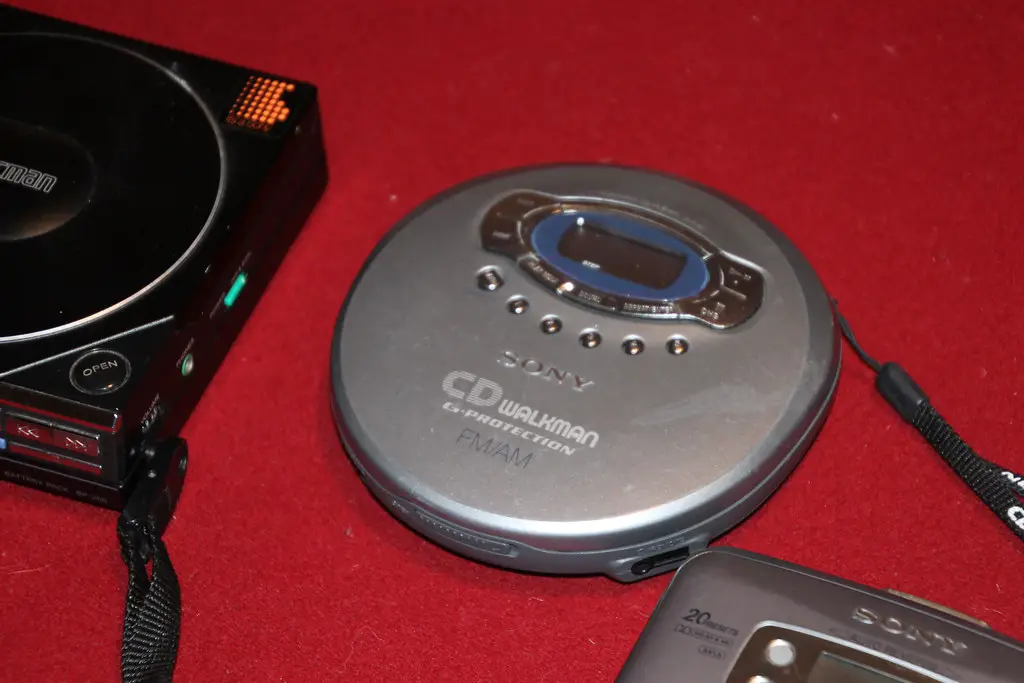
Remember carrying around a bulky device just to listen to your favorite tunes? Walkmans for cassette tapes and Discman for CDs were essential accessories for anyone wanting music on the go. You had to carefully rewind tapes with a pencil if they got tangled and pray your Discman wouldn’t skip if you bumped it. According to The Verge, the Walkman, introduced in 1979, revolutionized personal music listening and paved the way for the Discman in the mid-1980s.
Imagine explaining to a Gen Z that you couldn’t just instantly access millions of songs on a single device. The idea of flipping a cassette tape to hear the other side or having to carry around a binder full of CDs would likely seem incredibly inconvenient. Their world of seamless streaming and personalized playlists is a whole different ballgame.
5. Pagers
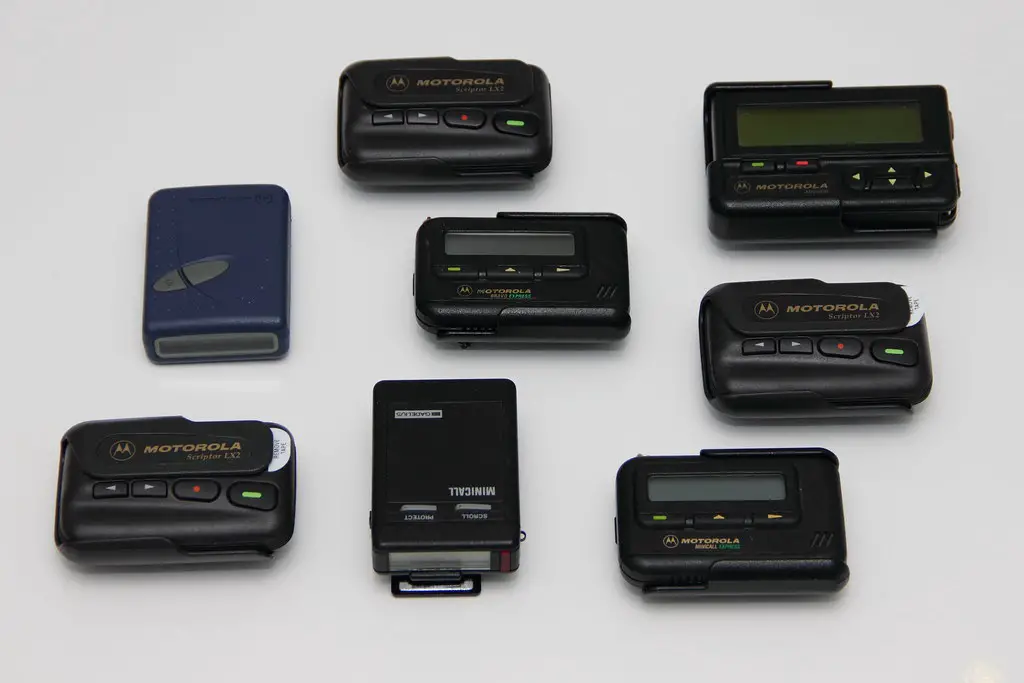
Before everyone had a cell phone glued to their hand, pagers were the primary way to stay connected (sort of). These small devices would beep or vibrate to alert you that someone was trying to reach you, displaying a phone number you then had to find a landline to call back. As reported by the Federal Communications Commission (FCC), pager subscriptions peaked in the mid-1990s before the widespread adoption of mobile phones.
Trying to explain the concept of a device that only received messages and required a separate phone call to respond would probably baffle Gen Z. They’ve grown up in an era of instant two-way communication, complete with emojis and video calls. The idea of waiting to find a payphone to return a page must sound like something out of a history book!
6. MySpace Top 8
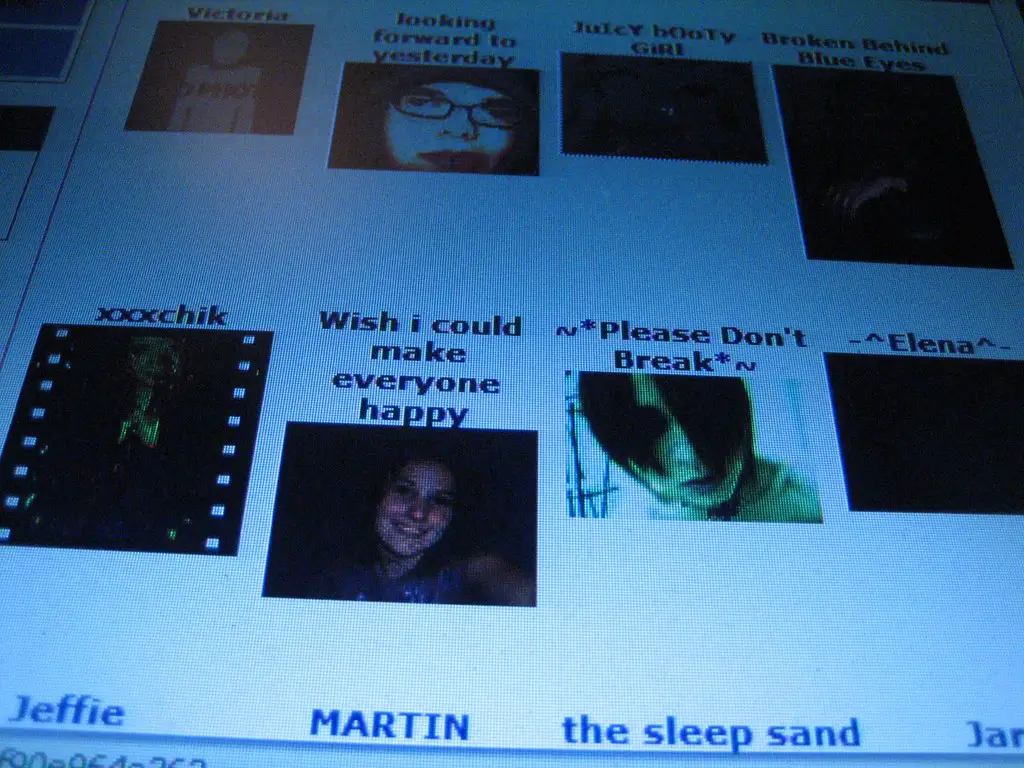
Before Instagram grids and TikTok For You pages, social hierarchy on the internet was defined by one thing: your MySpace Top 8. Choosing who appeared in those coveted slots was both a personal statement and a potential drama starter. Friends could (and did) get upset for being bumped down—or worse, removed altogether. You could customize your page with glittery backgrounds and embedded music, but it was that Top 8 that really showed the world who mattered most to you at that moment in time.
Millennials remember agonizing over who to include—should you prioritize real-life friends, your latest crush, or that band you were obsessed with? For Gen Z, it may sound like a minor detail, but in the early days of social media, it carried the weight of a high school prom court. MySpace gave users more creative freedom than most platforms today, and the Top 8 taught millennials an early, unfiltered lesson in public friendship politics.
7. Motorola Razr
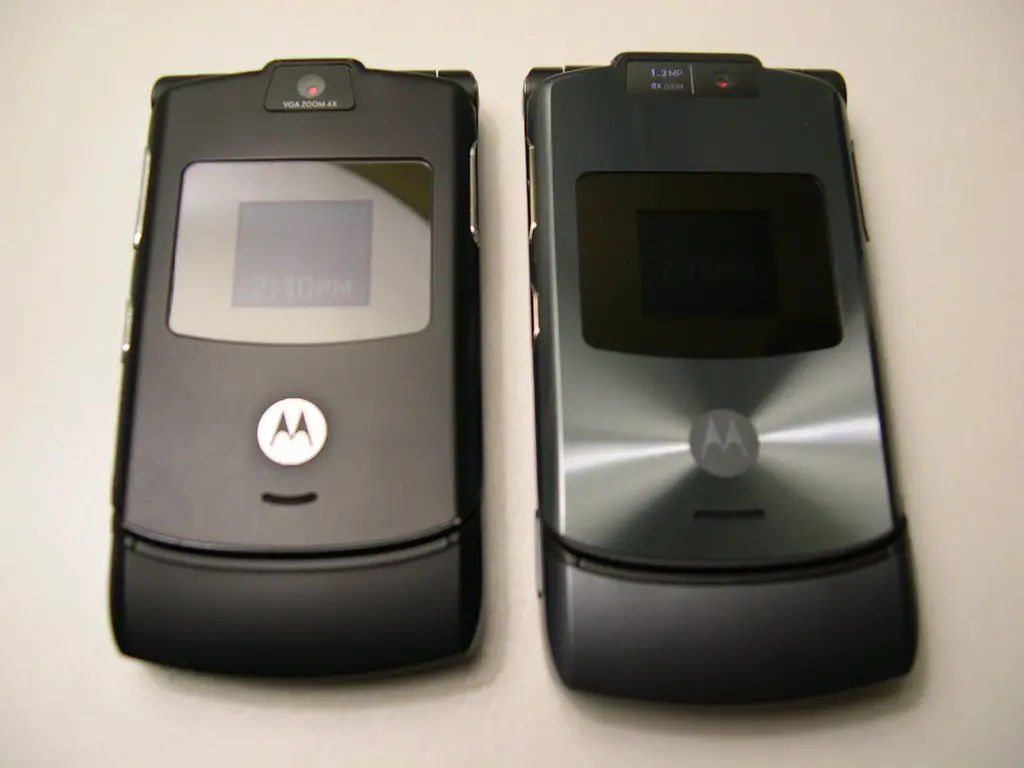
The Motorola Razr wasn’t just a phone—it was the phone. Sleek, metallic, and ultra-thin for its time, it was a status symbol in every high school hallway and college party. You couldn’t exactly browse the internet or snap high-res photos, but that satisfying snap when you flipped it shut after a call? Iconic. It felt cool, bold, and just a little rebellious—especially when you ended a conversation with a dramatic click.
While Gen Z grew up with touchscreens and instant access to apps, millennials remember carefully assigning custom ringtones, endlessly scrolling through pixelated photos, and playing “Snake” or “Brick Breaker” between classes. The Razr was a perfect mix of form and function—until smartphones came along and made it obsolete. But for many, that flip phone era still holds a special, tactile kind of nostalgia that no swipe or tap can replace.
8. Burning Mix CDs

Creating the perfect mix CD was an art form—and a labor of love. Millennials spent hours on their family computers, carefully downloading tracks from LimeWire or Napster (while dodging viruses), arranging the ideal song order, and customizing CD covers with Sharpies or printed labels. Whether it was for a road trip, a breakup, or a crush, a mix CD said what you couldn’t always put into words. It was a personal, curated gift in a pre-Spotify world.
The experience of burning a CD feels almost ceremonial now: popping in the blank disc, hearing the whir of the drive, and anxiously waiting for that satisfying “burn successful” message. You couldn’t just skip ahead—every track counted. And unlike today’s infinite playlists, mix CDs had a physical limit—usually about 20 songs—making every choice feel meaningful. For Gen Z, the idea of spending hours crafting a playlist you can’t edit later might sound wild, but for millennials, it was pure magic.
9. Disposable Cameras
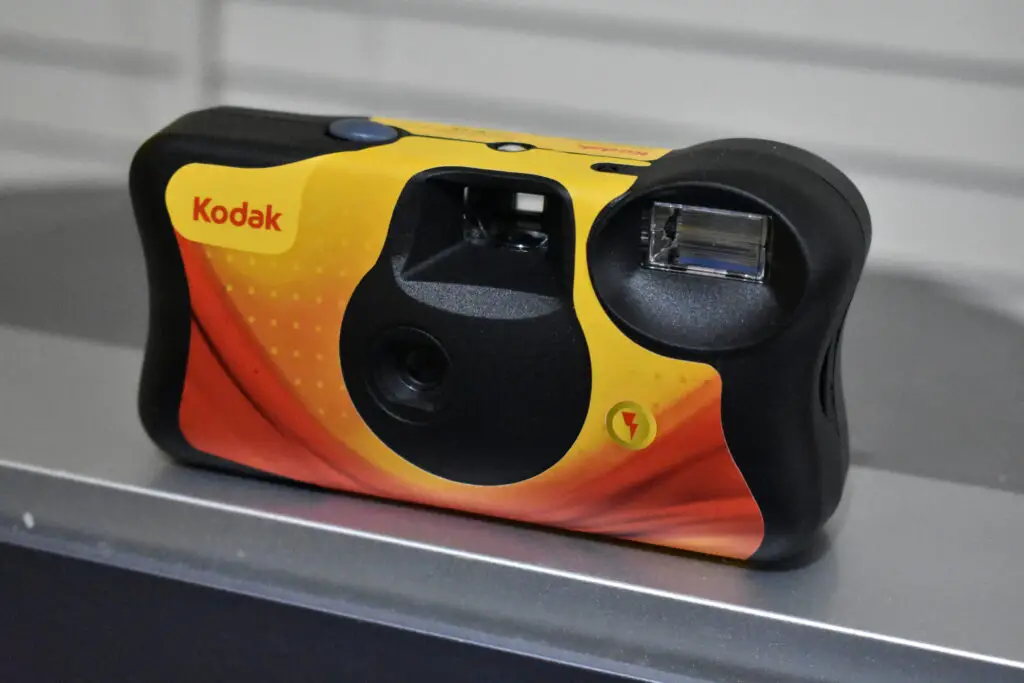
Before smartphones put a high-powered camera in everyone’s pocket, disposable cameras were the go-to for capturing everyday memories. They were cheap, portable, and easy to use—just point, click, and hope for the best. The real excitement came after the trip or party, when you’d drop off your camera at the drugstore and wait days to pick up the prints. Opening that envelope of freshly developed photos felt like unwrapping a mystery gift.
Millennials remember the charm of imperfect, unfiltered shots: someone’s eyes closed, a surprise photo from the end of the roll, maybe a few out-of-focus gems. There was no instant delete, no editing apps—just pure, candid moments. Disposable cameras taught patience, anticipation, and the value of capturing memories as they happened, not staged for likes. While Gen Z might favor digital perfection, the grainy warmth of a disposable photo holds a kind of authenticity you just can’t replicate with a filter.
10. Boomboxes

These large portable stereos were a statement piece in the 90s. Carrying a boombox on your shoulder, blasting your favorite tunes, was a common sight. They were powered by batteries and often featured dual cassette decks for recording mixtapes.
Gen Z, accustomed to small, powerful Bluetooth speakers that can fit in a backpack, might find the sheer size and weight of a boombox comical. The idea of needing a handful of D-cell batteries to power your music would probably seem incredibly inefficient.
11. VHS Tapes
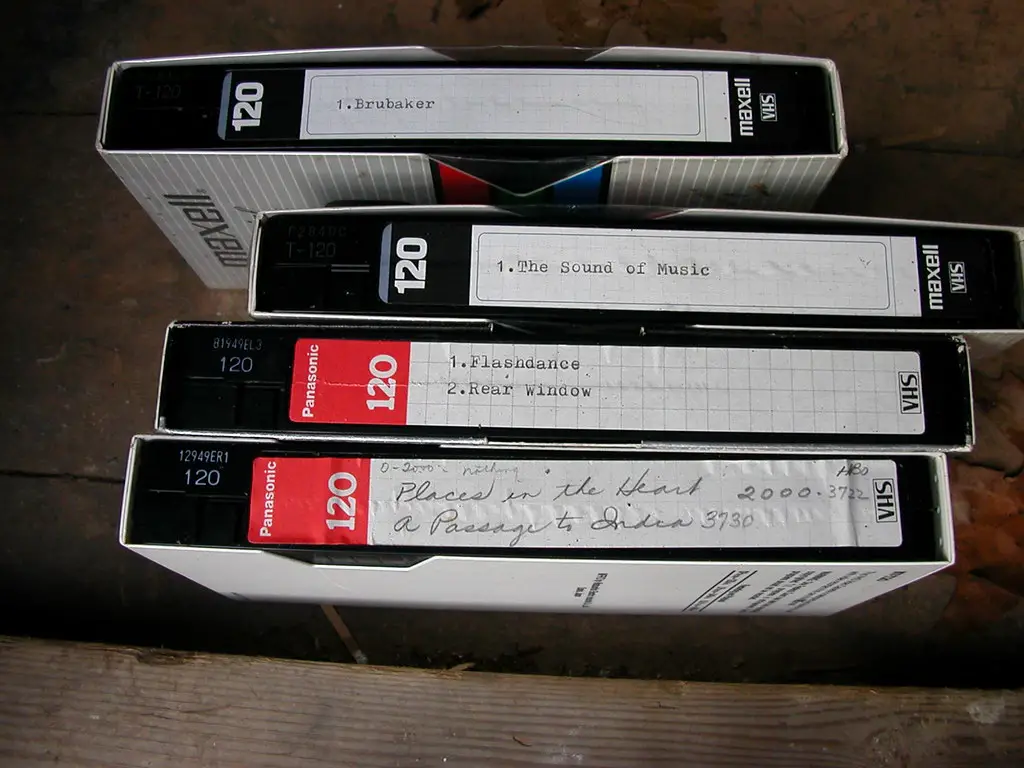
Before DVDs and streaming services, VHS tapes were the standard for watching movies at home. You had to rewind them after watching, and the picture quality wasn’t always the greatest. Plus, renting movies meant a trip to the local video store.
Trying to explain the hassle of rewinding VHS tapes, the poor picture quality compared to today’s standards, and the concept of late fees from a video rental store would likely be a foreign concept to Gen Z. Their world of on-demand streaming is infinitely more convenient.
12. Payphones

Before cell phones became ubiquitous, payphones were a crucial part of public infrastructure. You needed coins to make a call, and finding a working payphone in a convenient location wasn’t always guaranteed.
Explaining the reliance on payphones and the need to carry change just in case you needed to make a call would likely seem incredibly inconvenient to Gen Z. The constant connectivity they experience makes the idea of searching for a public phone booth almost unimaginable.
13. Mall Culture

While malls still exist, their role in youth culture was far more central in the 90s. They were the primary hangout spots, places to shop, see movies, and socialize. The mall was the place to be on weekends.
Gen Z, with their diverse online communities and entertainment options, might not grasp the singular importance of the physical mall as a social hub. While they might visit malls, it’s likely just one of many ways they connect and spend their leisure time, not the defining one.
